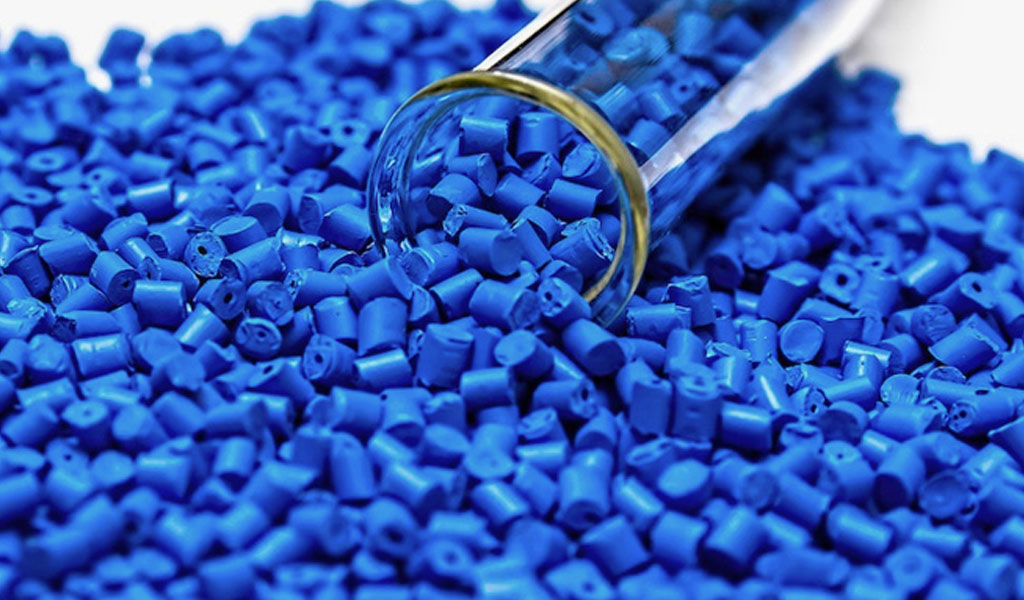FDM 3D printing is currently the most widely used 3D printing technology, and basically all FDM 3D printers generally use PLA and ABS filaments as printing materials. However, this situation has now changed, and some fused deposition printing machine have begun to use plastic particles as printing materials.

Plastic particles have always been mainly used for injection molding, including filaments used in 3D printing. When 3D printing with plastic pellets, the extrusion method and filament are slightly different. The plastic particles are placed in a funnel-shaped container and enter the melting zone at a certain speed. The plastic particles are heat-melted into a paste, and then extruded onto the printing platform through the nozzle.
Compared with filaments, using plastic particles for printing has the following advantages:
- The material cost is lower. Since the wires are made of plastic particles, directly using plastic particles saves a step.
- The mjf printing speed is faster and more materials can be melted in the same time.
- The mechanical properties are better. When making wires from plastic particles, heating is required and some properties will be lost. The plastic particles are directly heat-melted to avoid this problem.
Compared with wire rods, plastic particles also have some disadvantages:
- The printing process is irreversible. When using wire printing, you can pause or cancel at any time. When using particle printing, there is no such flexibility and you need to print it all at once;
- The surface is rougher.
- The fineness is relatively low, and the wire can be very Precisely control the extrusion speed to obtain the corresponding fineness. The printing flow rate control of particles cannot be as precise as that of filaments.
Combining the advantages and disadvantages of both materials, granular materials are suitable for printing large plastic parts, such as various furniture, ship parts, etc. The filament is suitable for printing small plastic parts and plastic parts that require certain accuracy.
